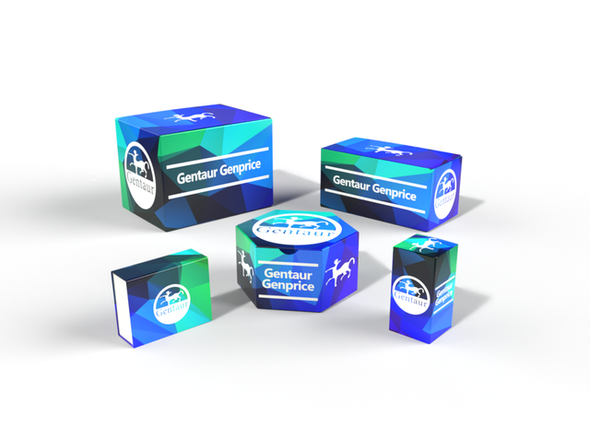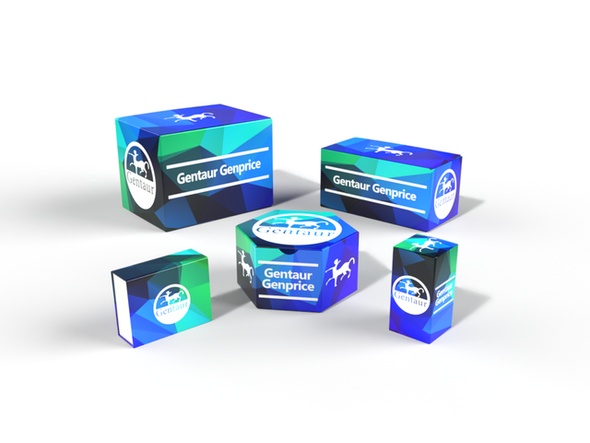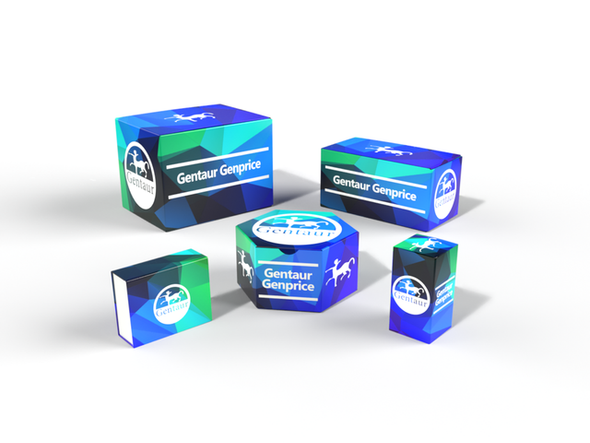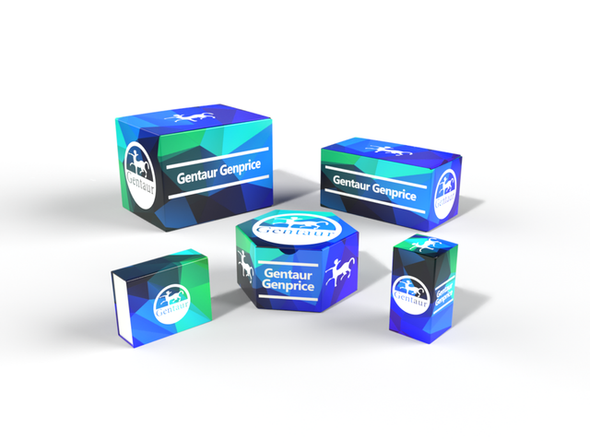451 Recombinant Proteins and Cell culture
ClpR4 | ATP-dependent Clp protease proteolytic subunit-related protein 4 (chloroplastic) | AS16 4057
- SKU:
- 451-AS16 4057
- Availability:
- Usually ships in 5 working days
Description
ClpR4 | ATP-dependent Clp protease proteolytic subunit-related protein 4 (chloroplastic) | AS16 4057 | Gentaur UK, US & Europe Distribution
Immunogen: BSA-conjugated peptide derived from ClpR4 of Arabidopsis thaliana, TAIR: AT4G17040, UniProt: Q8LB10
Host: Rabbit
Conjugation: N/A
Clonality: Polyclonal
Isotype: N/A
Purity: Serum
Format: Lyophilized
Tested Application: Western blot (WB)
Related Products: AS16 4044 | Anti-ClpR | Putative ATP-dependent Clp protease proteolytic subunit-like, rabbit antibodiesAS16 4054 | ClpR1 | ATP-dependent Clp protease proteolytic subunit-related protein 1, chloroplastic, rabbit antibodiesAS16 4055 | Anti-ClpR2 | ATP-dependent Clp protease proteolytic subunit-related protein 2, chloroplastic, rabbit antibodiesAS16 4056 | Anti-ClpR3 | ATP-dependent Clp protease proteolytic subunit-related protein 3, chloroplastic, rabbit antibodiesPlant protein extraction bufferSecondary antibodies
Recommended Dilutions: 1 : 4000 (WB)
Molecular weight: 33, 4 | 24, 5 kDa
Confirmed Reactivity: Arabidopsis thaliana
Predicted Reactivity: Brassica oleracea, Cajanus cajan, Capsella rubella, Coffea canephora, Cucumis sativus, Erythranthe guttata, Eutrema salsugineum, Genlisea aurea, Glycine max, Jatropha curcas, Medicago truncatula, Morus notabilis, Populus trichocarpa, Ricinus communis, Solanum lycopersicum, Solanum tuberosum, Vitis viniferaSpecies of your interest not listed? Contact us
Not reactive in: Zea mays
Additional Information: For western blot detection image refer to the article below
Background: ClpR4 (ATP-dependent Clp protease proteolytic subunit-related protein 4, chloroplastic) is involved in plastid protein homeostasis. Alternative names: ClpP4, Protein HAPPY ON NORFLURAZON 5.
Reconstitution: For reconstitution add 50 µl of sterile water
Storage: Store lyophilized/reconstituted at -20°C; once reconstituted make aliquots to avoid repeated freeze-thaw cycles. Please remember to spin the tubes briefly prior to opening them to avoid any losses that might occur from material adhering to the cap or sides of the tube.
TAIR Nnumbre: AT4G17040
Category: Biogenesis/architecture
Research Area: Plant Biology, Photosynthesis










